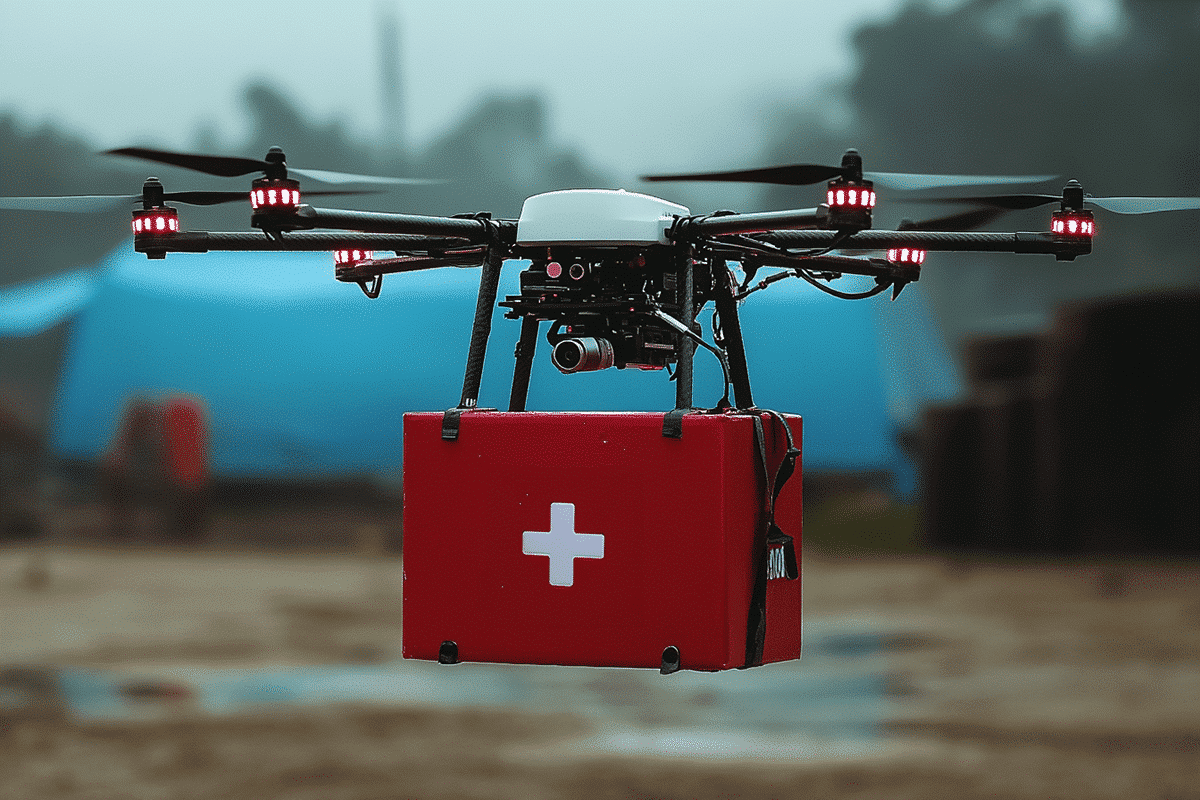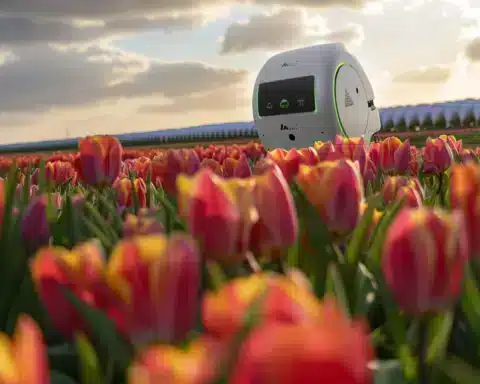Special delivery from the skies! In a groundbreaking move to combat mosquito-borne diseases, scientists have successfully utilized drones to release mosquitoes infected with bacteria in Fiji. This innovative strategy aims to curb the spread of illnesses such as dengue, which poses a significant threat to half of the global population.
According to the Pan American Health Organization (PAHO), cases of dengue fever, a viral disease transmitted by the Aedes aegypti mosquito, have surged dramatically. During the first half of 2024, there has been a staggering 233% increase compared to the same period last year. This alarming rise underscores the urgent need for effective disease control measures. While many dengue patients recover after a brief illness, about 1 in 20 can develop severe and potentially fatal complications.
In response, the World Mosquito Program has developed a novel approach involving Wolbachia bacteria. These bacteria, which do not harm humans or the environment, naturally occur in many mosquito species and can prevent viruses like dengue from establishing themselves within the mosquitoes. By inhibiting the infection in mosquitoes, Wolbachia reduces the likelihood of disease transmission to humans.
The effectiveness of this method was first demonstrated in Yogyakarta, Indonesia, in 2017, where the introduction of Wolbachia-infected mosquitoes led to a 77% decrease in dengue infections. Encouraged by these results, scientists sought to expand this success to larger areas, leading to the collaboration with robotics experts to integrate an automated mosquito dosing release system into uncrewed aerial vehicles (UAVs).
In a recent study, the team conducted field trials in Fiji, beginning with a 4-week trial in Nakasi. Drones released mosquitoes tagged with fluorescent powders, enabling researchers to track and recapture them, confirming the survival and effectiveness of the release system. The second phase of the study involved a more extensive trial over a 2-square-kilometer zone in Nausori, where an average of 155 mosquitoes per hectare were released each week for 16 weeks, resulting in approximately 31,000 Wolbachia-infected mosquitoes being introduced into the local population.
A year after the trials, the results were promising, with a Wolbachia prevalence of nearly 60% in the local mosquito population. This success provides a solid foundation for further development of advanced dosing mechanisms, long-range delivery platforms, and improved mosquito-handling systems.
As climate change continues to expand the range of Ae. aegypti mosquitoes, increasing the number of people at risk from the diseases they carry, innovative solutions like drone deliveries become ever more critical. The successful use of drones in Fiji marks a significant step forward in the global fight against mosquito-borne diseases, offering a scalable and efficient method to protect vulnerable populations.
With ongoing refinements and broader implementation, this aerial strategy could revolutionize disease control efforts worldwide, bringing hope to millions living in high-risk areas. The collaboration between scientists and robotics experts exemplifies how cutting-edge technology can be harnessed to address pressing public health challenges, paving the way for a healthier future.




